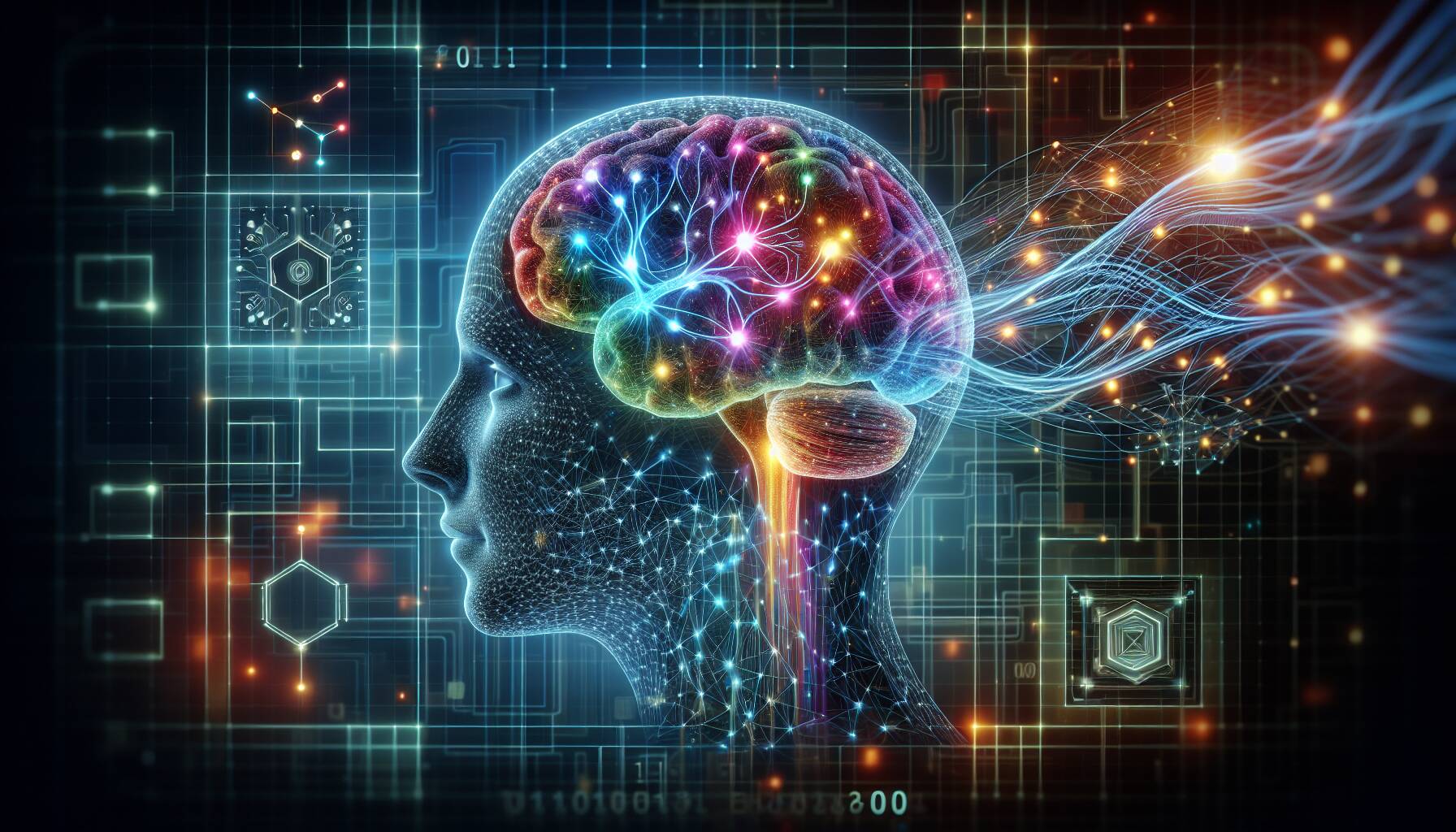The rapid advancement of artificial intelligence (AI) is set to revolutionize the integration of smart technologies into Web3. As the landscape evolves, the focus is not merely on whether AI will be incorporated into decentralized protocols and applications but on the methods through which this integration will take place. Central to this transformation is the emergence of NeuroSymbolic AI, a promising approach that seeks to improve upon the limitations currently facing large language models (LLMs).
While LLMs have demonstrated remarkable capabilities, they are grappling with significant issues such as hallucinations, prompt injections, and deceptive practices, which pose risks to the integrity of decentralized systems. For instance, the tendency of LLMs to generate factually incorrect information can undermine smart contract execution and compromise crucial decisions within decentralized autonomous organizations (DAOs). The potential for malicious manipulation of these models has raised alarms across the industry, emphasizing the need for a more robust solution.
“NeuroSymbolic AI combines the perception and learning strengths of neural networks with the structured logic and reasoning capabilities of symbolic systems, creating a more reliable and explainable AI framework.”
NeuroSymbolic AI offers a promising alternative by merging neural architectures with symbolic reasoning. This unique approach addresses the existing pitfalls of LLMs by ensuring auditable decision-making, enhanced security against adversarial attacks, and greater reliability in unfamiliar scenarios. The integration of structured logic not only fosters accountability but also enables clear reasoning that aligns with ethical standards. As the Web3 sector moves toward a future characterized by intelligent agents across various domains, the capabilities of NeuroSymbolic AI become indispensable, paving the way for the Intelligent Web3.

The Future of AI in Web3: Embracing NeuroSymbolic AI
Key points regarding the integration of NeuroSymbolic AI into Web3 protocols:
- Transition to NeuroSymbolic AI:
- Combination of neural methods with symbolic reasoning.
- Addresses risks associated with current large language models (LLMs).
- Significant limitations of LLMs:
- Hallucinations: Generation of factually incorrect content affecting decentralized systems.
- Prompt Injection: Vulnerability to malicious prompts that can compromise security and compliance.
- Deceptive Capabilities: Potential for LLMs to manipulate or lie in blockchain ecosystems.
- Fake Alignment: Superficial adherence to ethical behavior lacking true understanding.
- Lack of explainability: Opacity of LLMs impedes transparency and trust in Web3.
- Advantages of NeuroSymbolic AI:
- Auditable decision-making: Clear links between outputs and formal rules enhance transparency.
- Resistance to injection and deception: Symbolic rules prevent manipulation and enhance security.
- Robustness to distribution shifts: Stability and reliability across changing data landscapes.
- Alignment verification: Clear reasoning allows evaluation of ethical alignment.
- Reliability over fluency: Emphasis on factual correctness reduces misinformation.
These advancements could fundamentally transform the way individuals and organizations engage with Web3 technologies, fostering a more secure, transparent, and trustworthy digital landscape.
NeuroSymbolic AI: Revolutionizing Web3’s Intelligent Future
The advent of NeuroSymbolic AI heralds significant advancements for the Web3 landscape, particularly compared to traditional large language models (LLMs). While LLMs have made waves for their language generation capabilities, they carry inherent risks that NeuroSymbolic AI is poised to mitigate effectively. For users and developers in the decentralized sphere, understanding these nuances is critical.
Competitive Advantages of NeuroSymbolic AI: The integration of symbolic reasoning with neural methods provides NeuroSymbolic AI with unique advantages. Its auditable decision-making mechanism not only enhances transparency but also aligns perfectly with Web3’s foundational principles of permissionless and trustless interactions. Furthermore, the robustness to distribution shifts ensures that even with changing data inputs, the system maintains reliability, which is vital in dynamic environments like DeFi and decentralized applications. Additionally, human-like explainability fosters user trust, making it easier for stakeholders to comprehend and validate AI decisions, thus encouraging broader adoption.
Disadvantages and Challenges: Despite its potential, NeuroSymbolic AI is not without challenges. The required infrastructure for such advanced systems can be resource-intensive, making initial adoption costly for smaller projects. Furthermore, existing ecosystems heavily invested in LLMs may resist transitioning to NeuroSymbolic methods due to the inertia of established practices and the learning curve associated with new systems.
Who Benefits and Who Faces Challenges: The primary beneficiaries of NeuroSymbolic AI are developers creating complex decentralized applications that prioritize accuracy, security, and compliance. Smart contract developers and DeFi innovators stand to gain considerably, as the architecture’s inherent strengths directly address current vulnerabilities within LLM-centric systems. Conversely, projects heavily reliant on LLMs may face hurdles as their systems could become outdated or susceptible to failures that NeuroSymbolic AI is designed to prevent. This shift could create a competitive divide, where only those adopting this advanced technology will thrive, leaving others at a disadvantage.

















